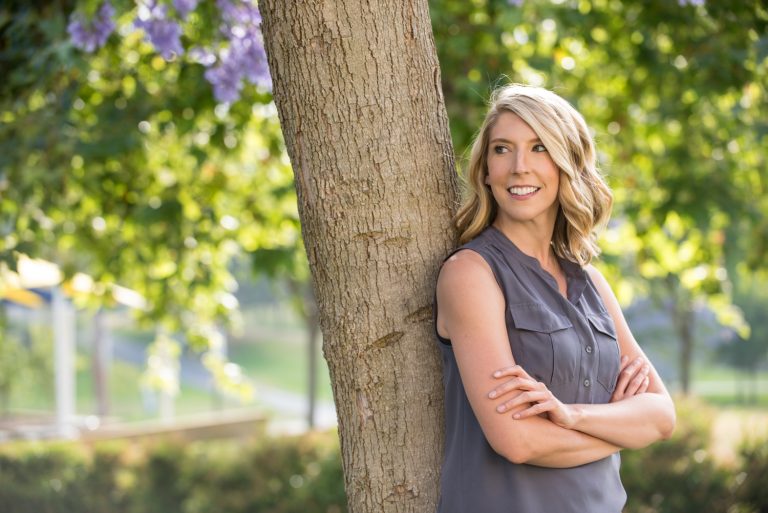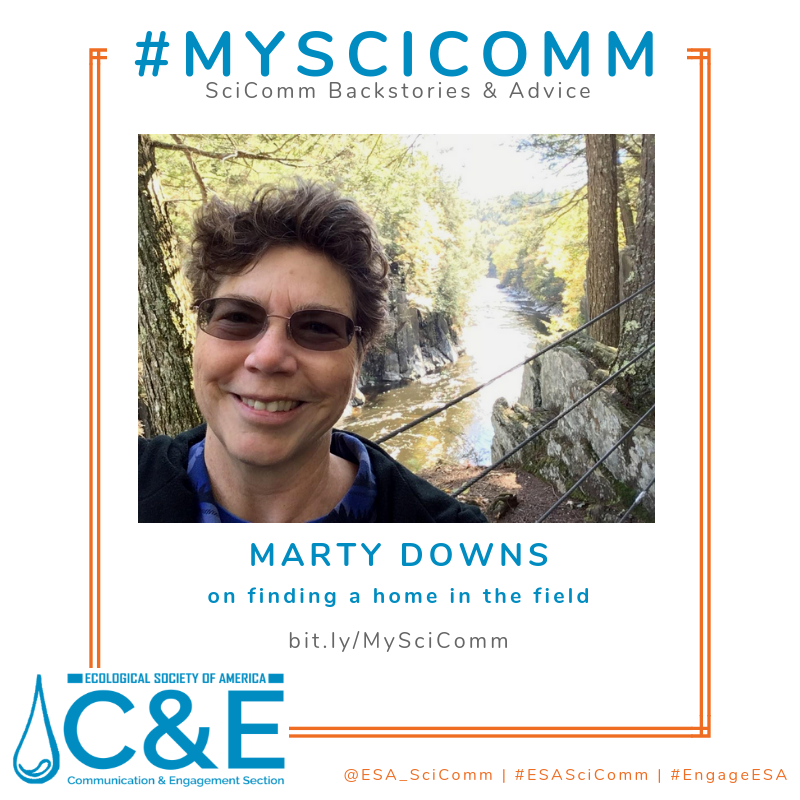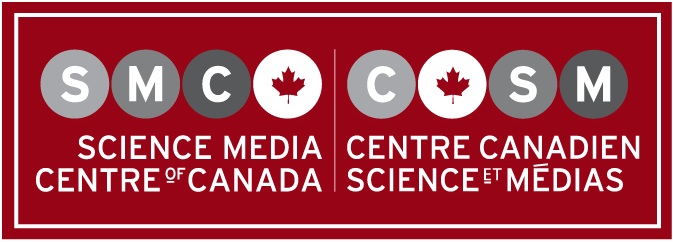
#MySciComm: Caitlin Looby on breaking into science journalism without quitting science
This week, Dr. Caitlin Looby, a SciComm Section member, responds to the #MySciComm questions! Caitlin Looby is a scientist and a freelance science writer. She earned her PhD in Biology from the University of California, Irvine, her M.S. in Biotechnology at Kean University, and her B.S. in Molecular and Cellular Biology at the University of Connecticut. During graduate school, Caitlin…



